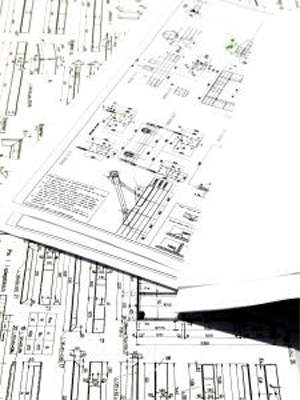Hebron is a heavy oil field located 350km south-east of the Newfoundland and Labrador capital St John’s, in the Jeanne d’Arc Basin, Canada, in a water depth of 93m.
It is the province’s fourth offshore development, after Hibernia, Terra Nova and White Rose, and comprises the Hebron, West Ben Nevis and Ben Nevis fields.
The field is operated by ExxonMobil, which has a 35.5% interest in the project. ExxonMobil took control of the project from Chevron in October 2008.
The joint venture (JV) partners in the field development are Chevron Canada Resources (29.6%), Suncor Energy (21%), Statoil Canada (9%) and the public sector company Energy Corporation of Newfoundland and Labrador (ECNL, 4.9%).
ECNL acquired stake in the project after the JV partners signed a co-development agreement with the provincial government in August 2008, which gave the province a share of the field’s revenues.
First oil from the field was produced in November 2017, with estimated peak production calculated up to 150,000barrels of oil per day (bpd).
Early history of Hebron oil field
Discovered in 1980, the project has been plagued by numerous delays.
In 2002, it was shelved by original operator Chevron because of low oil prices and ‘technical difficulties’.
Chevron subsequently considered a C$1bn plan to build an undersea pipeline to tie Hebron back to Hibernia in 2004.
In 2006, efforts to kick-start the development ran into trouble after the Newfoundland government demanded greater provincial benefits from the project.
The province paid C$110m for its stake in Hebron, which could give Newfoundland a total return of approximately C$20bn.
ExxonMobil has no plans to release estimates regarding development costs in the near future.
Development of the Hebron field
Estimated recoverable reserves in Hebron are put at more than 700m barrels of 18º to 25º API oil, making it the second largest field in the Jeanne d’Arc Basin after Hibernia.
The initial development included the Hebron and the West Ben Nevis fields, with potential for the development of Ben Nevis also being considered for a later date.
The development partners submitted a development application to the provincial government in April 2011 in order to keep to this timeline and meet the deadline for first oil.
Hebron gravity-based structure (GBS)
Oil from the field is being produced through a large concrete gravity-based structure (GBS).
The GBS remains fixed to the ocean’s floor through gravity alone with integrated drilling and production topsides, as well as living quarters. It has a capacity to store 1.2 million barrels of oil within its storage compartments.
Both the Hebron GBS and Hibernia require protection as they are situated in a potentially volatile area known as Iceberg Alley.
The Hibernia GBS has a 15m-thick ice belt, which includes a 1.4m-thick external ice wall. The star-shaped ice wall has 16 sharp teeth that distribute the force of an iceberg impact over the surface of the structure.
The Hebron GBS was constructed at the province’s Bull Arm construction yard, where the Hibernia GBS was also built.
Engineering and design work took place between 2009 and 2011.
Construction began in October 2012, with integration, hook-up and commissioning concluding by 2016.
Hebron contractors
Kiewit-Aker Contractors was awarded the contract to carry out front end engineering and design (FEED) for the GBS in November 2010.
The contract also included an option to provide detailed engineering, procurement and construction services.
A $61m FEED contract for topsides of the GBS was awarded to WorleyParsons in September 2010. WorleyParsons provided overall project management and awarded subcontracts to third parties. The works were completed by 2011.









